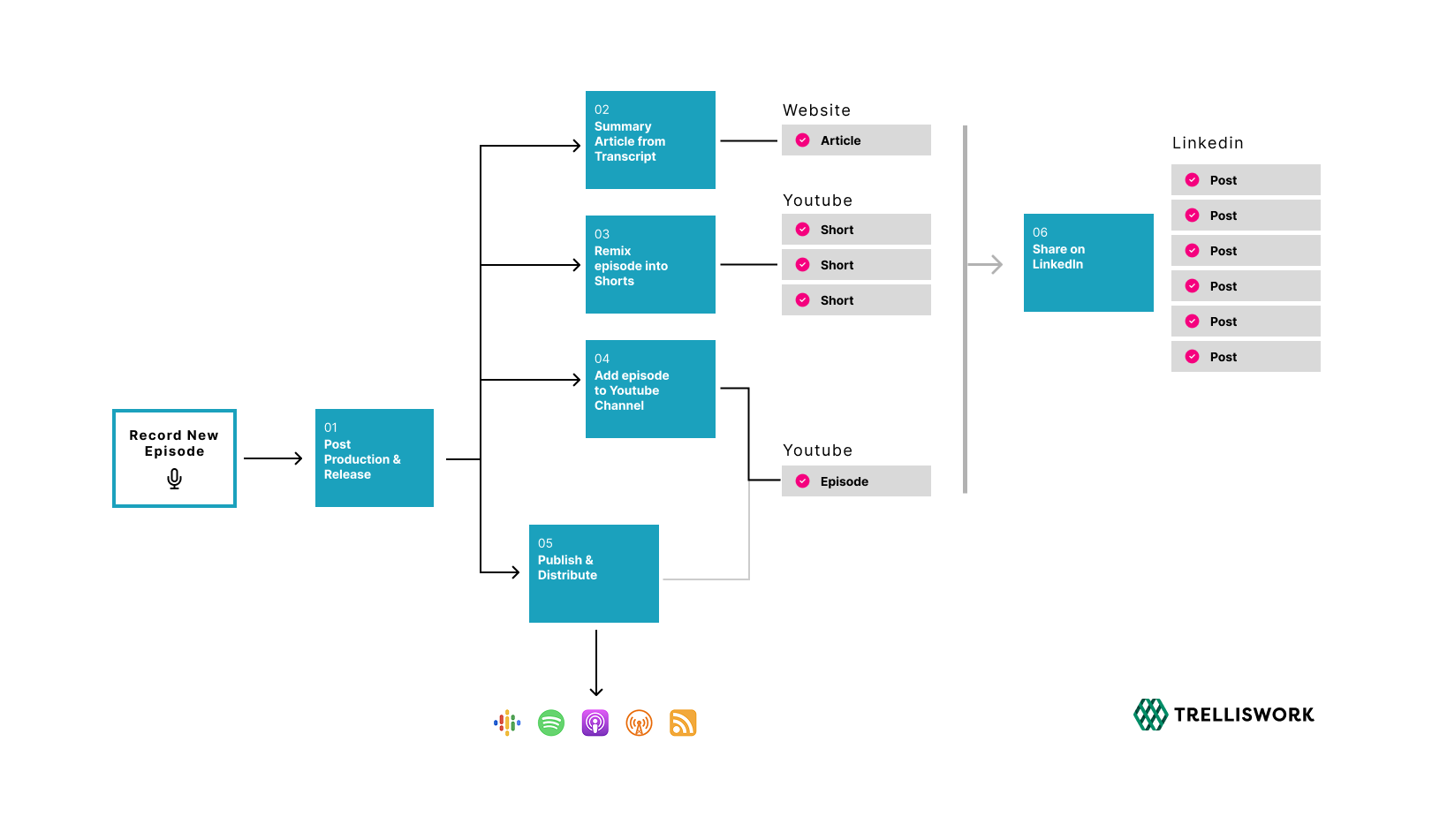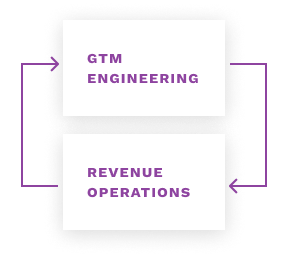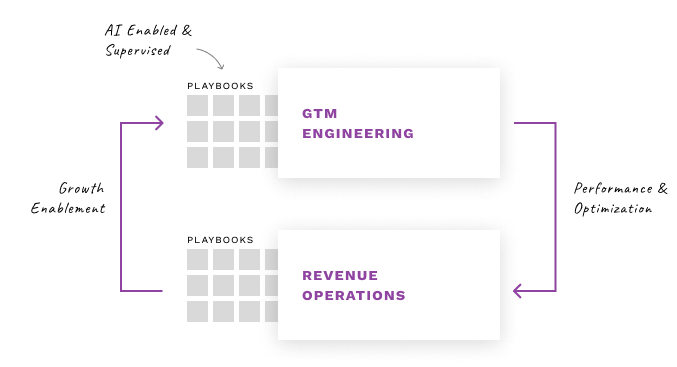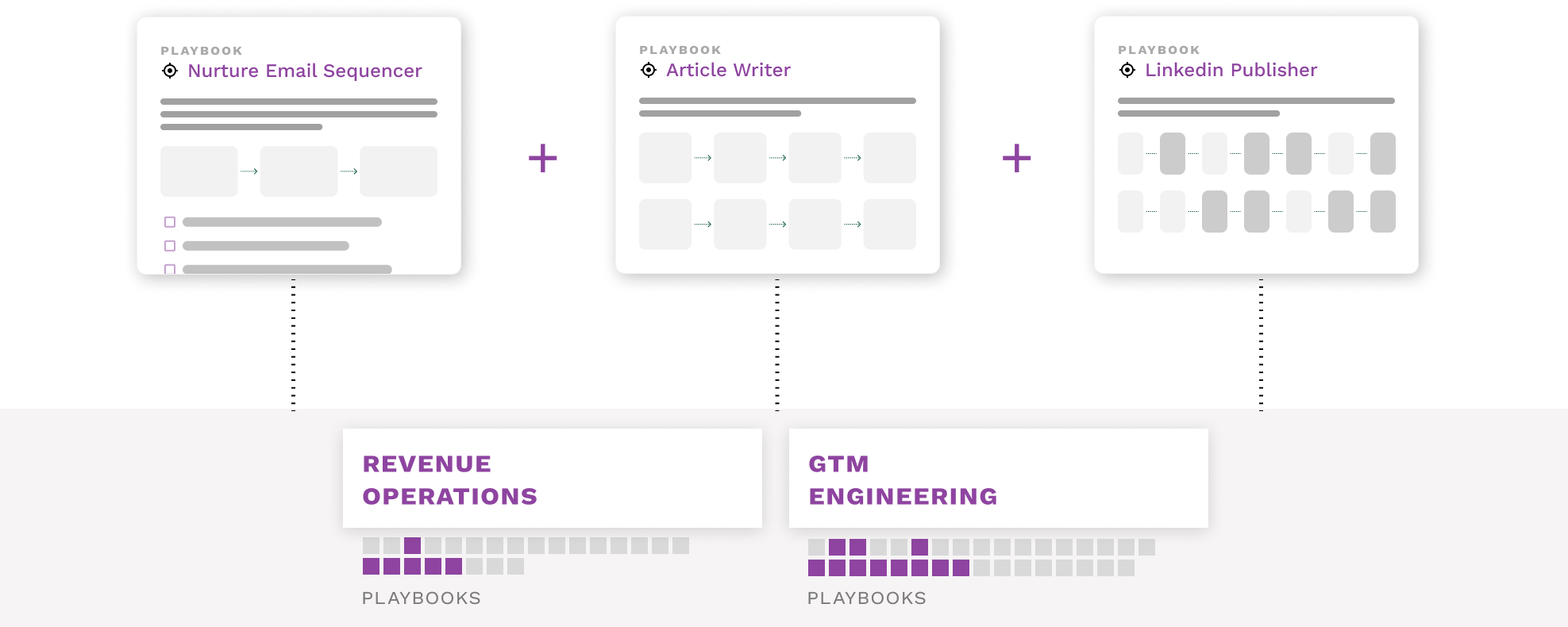In 2025, the best brands aren’t just talking about their industry—they’re leading the conversation within it. Podcasts have become a critical tool in Go-to-Market (GTM) Strategy, providing a platform for thought leadership, customer engagement, and industry influence.
For brands looking to modernize their growth tactics and channels, a podcast is more than just content—it’s an owned media channel that supports demand generation, sales enablement, and market positioning. If you’re serious about growth, launching a podcast isn’t just an option—it’s a strategic advantage.
Podcasts Are a Brand Game-Changer
Few initiatives can compete with the authenticity and thought leadership that come from a well-executed podcast. As part of a strategic go-to-market framework, a brand podcast serves multiple purposes including:
- Building brand authority – Position your company as the go-to expert in your industry.
- Accelerating demand generation – Engage prospects earlier in the buying journey with valuable insights.
- Fueling sales enablement – Equip sales teams with high-value content that addresses customer pain points.
- Enhancing market education – Educate your audience on key trends and innovations, reinforcing your value proposition.
By integrating a podcast into your GTM playbook, you're not just producing content—you’re engineering a system that drives demand, nurtures leads, and strengthens your market position.
A Real-World, Mid-Market Example
To show how effective a podcast can be in a go-to-market strategy, we recently helped a warehouse automation systems integrator launch a branded podcast as part of their GTM efforts.
- Within 30 days, they went from concept to publishing their first episode.
- They now release two episodes per month, featuring industry partners and customers discussing innovations in automation.
Minimal Time Commitment, Maximum Impact
Mid-market businesses can’t afford to burden senior leaders with busywork and coordination that comes with managing, producing, and distributing a podcast, let alone the creation of all the derivative content that comes with a successful initiative.
If your podcast feels like yet another burden layered onto the leadership team, you’re doing it wrong.
The good news is the right partner (like Trelliswork) can ensure your brand gets all the benefits of a regular podcast without the operational burden, and at a fraction of the cost.
As an example, our team handles production, distribution, content repurposing, and all content promotion - meaning the internal team spends just 60 minutes every two weeks showing up for a new recording.
This process ensures the podcast supports business growth without adding excessive workload and cost, making it a scalable and repeatable part of their overall GTM effort.
Podcasts Are Essential in 2025
Branded podcasts are no longer a niche experiment—they’re a proven GTM channel, and the numbers speak for themselves:
- 42% of Americans (12+) are monthly podcast listeners.
- More people listen to podcasts weekly than have Netflix accounts.
- 82% of marketers plan to maintain or increase investment in podcasts.
- Podcast ad spend is projected to surpass $2.6 billion in 2025.
Podcasts Build Trust, Improve SEO, and Accelerate Sales Cycles
In an era of AI-generated content, human connection is critical. A podcast establishes trust by:
- Featuring candid conversations with industry leaders, customers, and partners.
- Providing actionable insights that buyers can use to solve real business challenges.
- Keeping your brand top of mind throughout long sales cycles.
- Establishing expertise, experience, authority, and trust (E.E.A.T) for SEO improvement
Studies show that 81% of podcast listeners trust the hosts and content they engage with, making this format one of the most effective trust-building tools in modern marketing.
As an additional piece of rich content for your brand, every episode gives you an opportunity to share the most recent industry insights in follow-up emails and lead nurture sequences you send as part of your business development.
A Podcast is a Core Asset in GTM Engineering
Consider you’re going after a strategic account. You hear from the chief revenue officer that they’re struggling to navigate all the different AI tools getting thrown at them, they’ve jumped at a few that promise ‘guaranteed leads in 3 days’, but the results are never what they expect and they’re lost.
Now, consider the simple feedback loop of incorporating a segment in your next episode related to mid-market founders struggling to navigate the barrage of AI tools that all promise incredible results, yet never deliver. You explain why they never deliver, what the offer looks like, and why under the surface there’s no shortcut to first establishing the brand fundamentals. That episode is now a slam dunk for a follow-up email to try and close the deal with the CRO, and every other deal like it down the road.
You’ve established authority and expertise with the CRO, and she is more likely to forward your mail and link to the podcast to their CEO who is struggling with the exact problem.
The CEO now feels like you’re talking directly to him. Like you’re reading his mind! To the CEO, you’re now exactly who they want to work with, you’re human, you have an opinion that resonates with what they’re currently experiencing.
You win.
Your Podcast Pays Content Dividends. 10x.
A single podcast episode fuels an entire GTM content engine. What you’re capturing is the purest form of thought leadership, recorded straight from your train of thought into a shareable video and audio recording. If you do it right and plan your content engine, each episode creates a goldmine of content for you to remix, repurpose, and reshare.
For a single podcast episode (w/ video recording), here’s an example of what your podcast content engine should produce:
- 1 Podcast streaming episode (e.g. Spotify, Apple Podcast, etc)
- 1 Youtube Video
- 1 long-form article (from transcript)
- 5 topical articles
- 15 social posts
- 5 Youtube Shorts
- 10 more social posts
Here’s what that looks like in relation to the workflow required to connect the pieces from beginning to end.

A branded podcast isn’t just a marketing tool—it’s a structured GTM Engineering asset that scales across channels.
Podcasts Improve SEO and Brand Discoverability
Search engines are prioritizing rich media content, making podcasts a powerful asset for SEO and inbound marketing.
- Transcripts improve search indexability, capturing high-intent queries.
- Video podcasts gain visibility across key platforms (YouTube, LinkedIn, TikTok).
- Search engines now index podcast content, boosting organic discovery.
- Long-form discussions generate backlinks, increasing domain authority.
By integrating a podcast into your GTM strategy, you're not just producing content—you’re engineering an evergreen SEO and demand generation asset. Once you get into the rhythm, you’ll also find yourself spending less time thrashing on that latest blog post that’s taken you over two weeks to get right.
The secret sauce here is that a podcast lets you capture your thoughts in a more raw and authentic medium, with virtually zero latency. From here, AI is great at remixing your thoughts into structured, consistent narratives. Let chatGPT will get rid of the structural, grammatical busywork that actually prevents you from getting your content out into the world.
And that’s structural, grammatical business is the work we want AI to get rid of, so we can prioritize more thinking.
The Biggest Challenges: What Holds Brands Back?
Staying consistent with a podcast is harder than it sounds. Life, work, and shifting priorities can easily push recording sessions down the to-do list. But consistency is what separates brands that build loyal audiences from those that fizzle out. The key is to create the right conditions—batch recording episodes, setting a realistic release schedule, and making podcasting a core part of your marketing rhythm. Without a system in place, even the best intentions can fall apart.
Consistency is Key to Podcast Success
- Build a backlog. Make sure you have at least two recorded episodes before launching. This ensures you never fall behind schedule if unexpected delays arise. Having a buffer allows you to maintain consistency, even when life or work interruptions occur. It also gives you time to refine your format, improve production quality, and gain confidence before releasing episodes to the public. A backlog eliminates last-minute scrambling and sets the foundation for a sustainable, long-term podcasting strategy.
- We try to keep at least 2 episodes in the ‘ready to publish’ backlog. We’re not perfect, it doesn’t have to be, but so far this has worked for us!
- Set a cadence. Weekly or biweekly releases work best for audience retention. Sticking with a set schedule builds listener habits and keeps engagement steady.
- For example, we record our episodes every Friday at 2:00 PM, allowing us to reflect on the week’s discussions and industry trends as part of our content approach. Having a fixed time each week ensures that podcasting becomes part of our routine, rather than an afterthought.
- Plan, but don’t over-plan. Avoid long production cycles—speed and authenticity matter more than perfection. You don’t need anything more than a few bullet points in notion ahead of your next recording, which serve as discussion prompts and starters, or incorporate strategic topics you know you want to hit on.
- With the latest recording and distribution tools today a lot of the busywork goes away.
Stop Overthinking It
Authenticity wins in B2B storytelling. Be real.
I get it. There’s not enough time, everyone’s busy, what will you talk about, who’s going to listen, what’s the ROI, is it worth the effort?
It’s worth it, with the right approach. Just keep these tips in mind:
- Be human. In a world flooded with AI-generated content, authenticity stands out. The real, unscripted voices of industry leaders cut through the noise, building trust and credibility. Podcasts let your team share raw, unfiltered insights, making your brand more relatable. The more human you are, the stronger your connection with your audience.
- Don’t script it. Listeners can tell when something feels forced—don’t let your podcast sound like a corporate press release read by your lawyer. And it's not politics - there's no teleprompter!
- Keep it real. Your audience wants authentic, casual conversations - these resonate more than polished, corporate messaging.
How to Start Your Podcast: GTM Essentials
Equipment (Keep It Simple)
- Microphone: Shure MV7+ (great balance of quality & simplicity)
- Microphone stand: Gator Boom Arm Desktop Stand
- Headphones: Any reliable over-ear monitor headphones
- Video Camera: We're rolling with front camera on our macbook pros for now. Gets the job done!
Recording Software (Our Picks)
- Riverside.fm – Best for remote interviews and high-quality audio/video recording. Editing and distribution features are great. (We also tried zencastr, didn’t love it).
- Descript – we’ve used this in the past, easy editing and transcription, better if you need to get into the weeds with transcripts and higher fidelity editing.
Make a Podcast Part of your GTM Playbook
Launching a podcast is one of the smartest GTM Engineering plays you can make in 2025. With 505 million global podcast listeners projected this year, brands that invest now will establish a foothold in a high-growth channel that supports demand generation, sales enablement, and brand authority.
The hardest part? Pressing record.
So, what’s stopping you?
Need a hand getting started, or want to offload the heavy lifting to our team?





.png)




